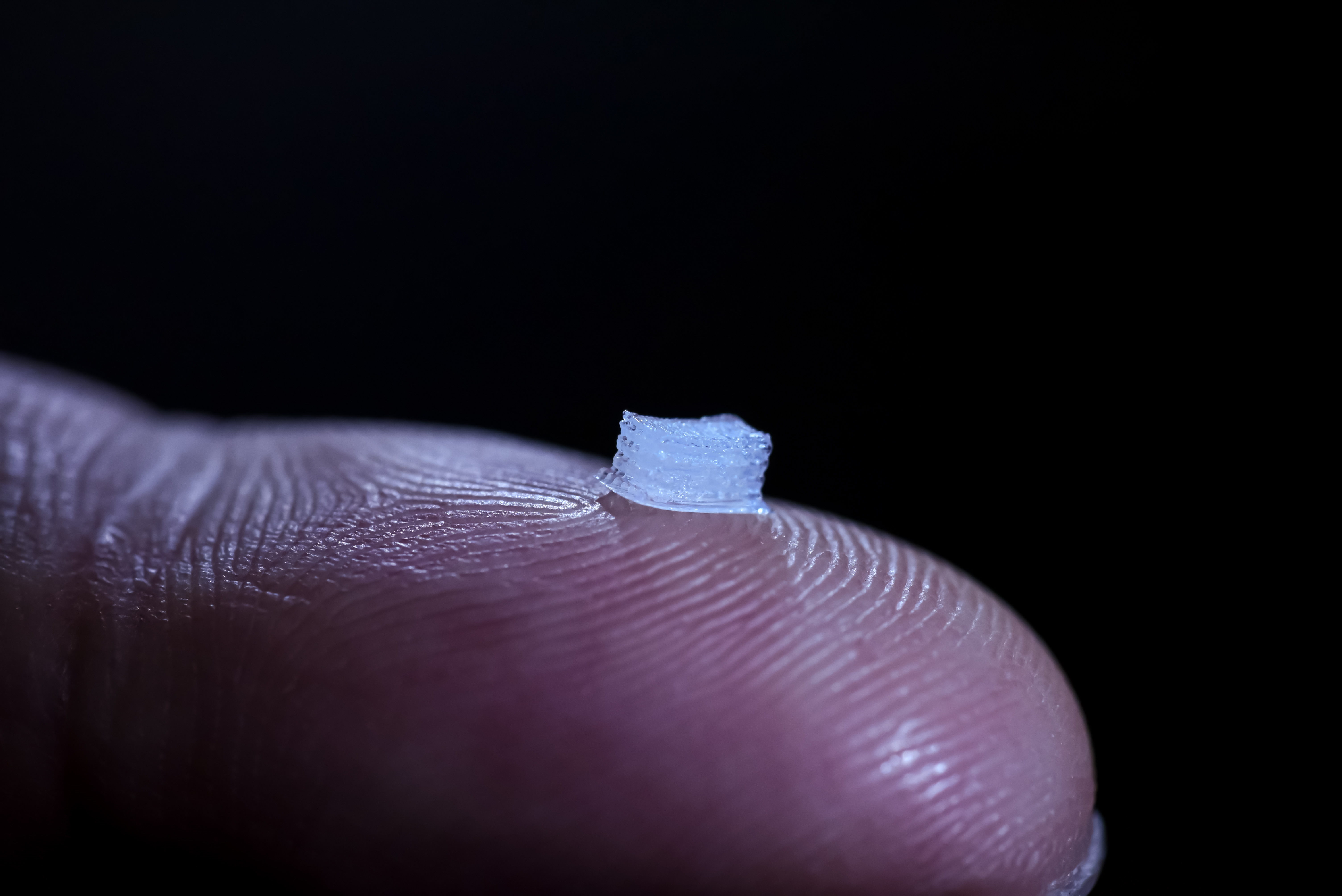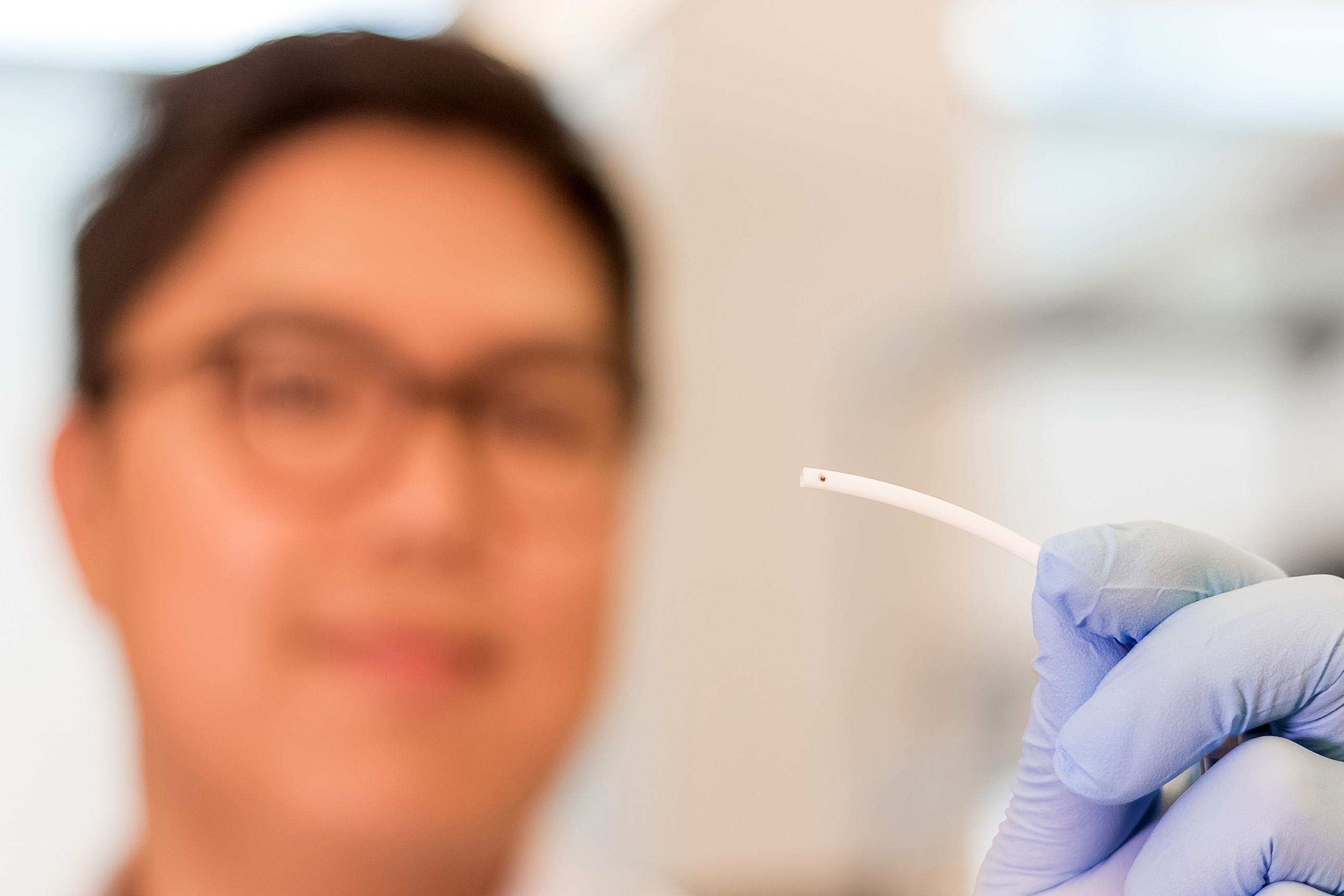The human spinal cord is a delicate structure that houses all the nerves that control the muscles in your body. Sports injuries or motor vehicle accidents can lead to devastating spinal cord injuries that could leave a person paralyzed.
For people with tetraplegia— total or partial paralysis of all four limbs and their torso — everyday activities like getting out of bed and brushing their teeth are a challenge.
“Improvement in hand function is the single most important goal,” said Dr. Natasha van Zyl, a surgeon from Austin Health in Melbourne, Australia.
Dr. van Zyl and her team recently published a new study in The Lancet describing how a combination of surgery and intense physical therapy helped 13 young adults with tetraplegia move their arms and hands again.
The treatment involved a new form of surgery called nerve transfer, where functional nerves found above the spinal cord injury are attached to paralyzed nerves below the injury. Eventually, the nerves could “grow” to form more stable connections with the paralyzed muscles. The 13 treated individuals could pick up objects in front of them and feed themselves, two years following the surgery.
“What’s more, we have shown that nerve transfers can be successfully combined with traditional tendon transfer techniques to [maximize] benefits,” said Dr. van Zyl. Traditional tendon transfer surgery involves replacing the injured muscle with functional muscle. For example, a minor shoulder in the muscle is transferred to the back of the upper arm to enable the patient to bend (flex) his or her elbow.
According to the 10 patients who received both types of surgery, each technique led to different benefits: nerve transfer gave patients finer motor control over their hands while tendon transfer appeared to help with strength.
“When grasp and pinch [were] restored using nerve transfers in one hand and tendon transfers in the other, participants consistently reporting that they liked both hands for different reasons and would not choose to have two hands reconstructed in the same way,” continued Dr. van Zyl.
In addition to surgery, people with limb paralysis can undergo functional electrical stimulation (FES), which uses electrical pulses to restore or improve function in paralyzed muscles. FES systems have been used to stimulate lower leg movement through FES-powered bikes and to stimulate the bladder and arms through implantable chips.
These devices can drastically improve a person’s quality of life, but they also come with a huge price tag. The device company, NeuroControl, pulled out all of its spinal cord injury products by 1998, including its popular Freehand System, which was surgically implanted into patients to enable hand and arm function.
Ex-director of business development, Geoff Thorpe, told MIT Technology Review, “The investors had expected that it would penetrate a much larger volume of the overall spinal-injury population…We were able to make dozens of implant sales per year. You need to be in the hundreds, if not thousands, to have it make sense.”
The downfall of NeuroControl showcases the challenges of working in the orphan market. While surgery comes with its own set of costs and complications, it may represent a viable alternative for the 291,000 people living with spinal cord injury in the US. More research will be needed to better understand the full scope of benefits and limitations of nerve transfer surgery.












Join or login to leave a comment
JOIN LOGIN